Other than food, there are few other preparedness topics covered in such detail, and it’s not without good reasons. We are so used with having it so easy when it comes too food as we can find everything we need for the perfect pasta/soups/deserts in just one box. And when SHTF that won’t be the case anymore, so we’ll have to make do with what we stockpiled.
This week we stumbled upon some great tips on how to make sure you take the right steps towards food independence and away from food fatigue, while having your stockpile safely set with everything you might need.
1. Extreme Survival – Know Your Edible Meats in the Wild
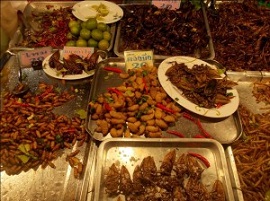
Truth is, there are not many things in this world that our stomach couldn’t hold, and although not healthy, they can fulfill the role of keeping us sated. One such example is paper, which is made from wood, meaning it is perfectly digestible.”
Read more on My Family Survival Plan.
2. The Most Powerful Anti-Allergy Foods
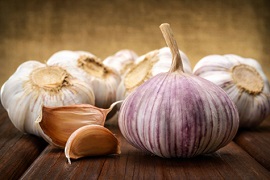
Onions and Garlic
They might not be the best for your breath, but onions and garlic are great for controlling your allergies. Both flavorful root vegetables contain quercetin, a natural mast cell stabilizer (antihistamine). Because of these antihistamine properties, quercetin helps fight the inflammation that accompanies the allergic response. Other foods that contain quercetin include apples and tea.”
Read more on Rodale News.
3. How I Raise Chickens in Alaska (even at -70F)
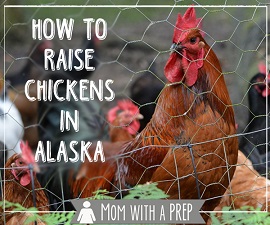
Heating the Chicken Coop
We have a small coop attached to the side of our house, a little over 4×4 with 4 chickens who lay all winter long, even at extreme temperatures.”
Read more on Mom With a Prep.
4. Food Rationing, Food Storage, and Wartime: We Have Much To Learn
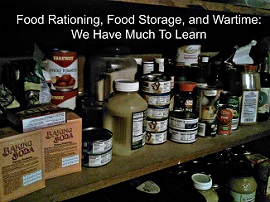
1. The government will step in and tell farmers what they can plant, where they can plant, and to do so in the most efficient way. The government will focus on the crops that will feed the most people cheaply. They will also be more concerned about feeding the troops than they will be about feeding the population. None of these things are bad things, but they are the reality.”
Read more on Living Life in Rural Iowa.
5. Survival Basics: The Six Enemies of Food Storage
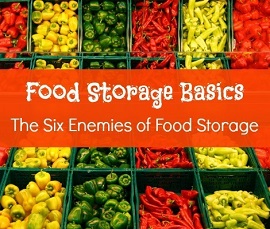
By now you have read over and over again ad nauseam that during a disaster or a SHFT disruptive event, the grocery store shelves will be barren within a day or two”
Read more on Backdoor Survival.
This article has been written by Brenda E. Walsh for Survivopedia.





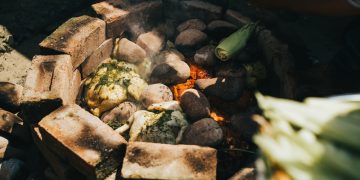

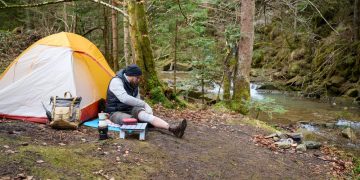


















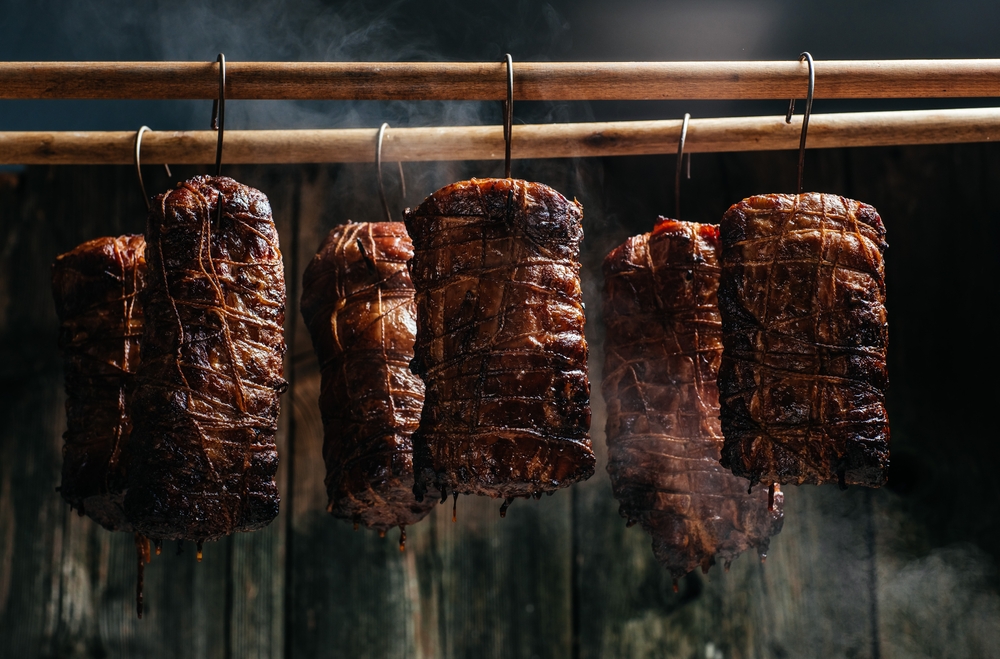

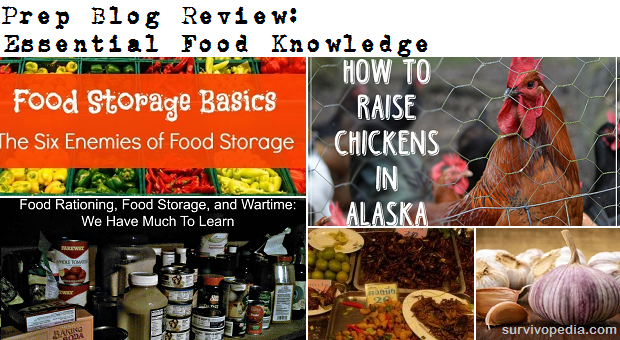
























































Comments 1